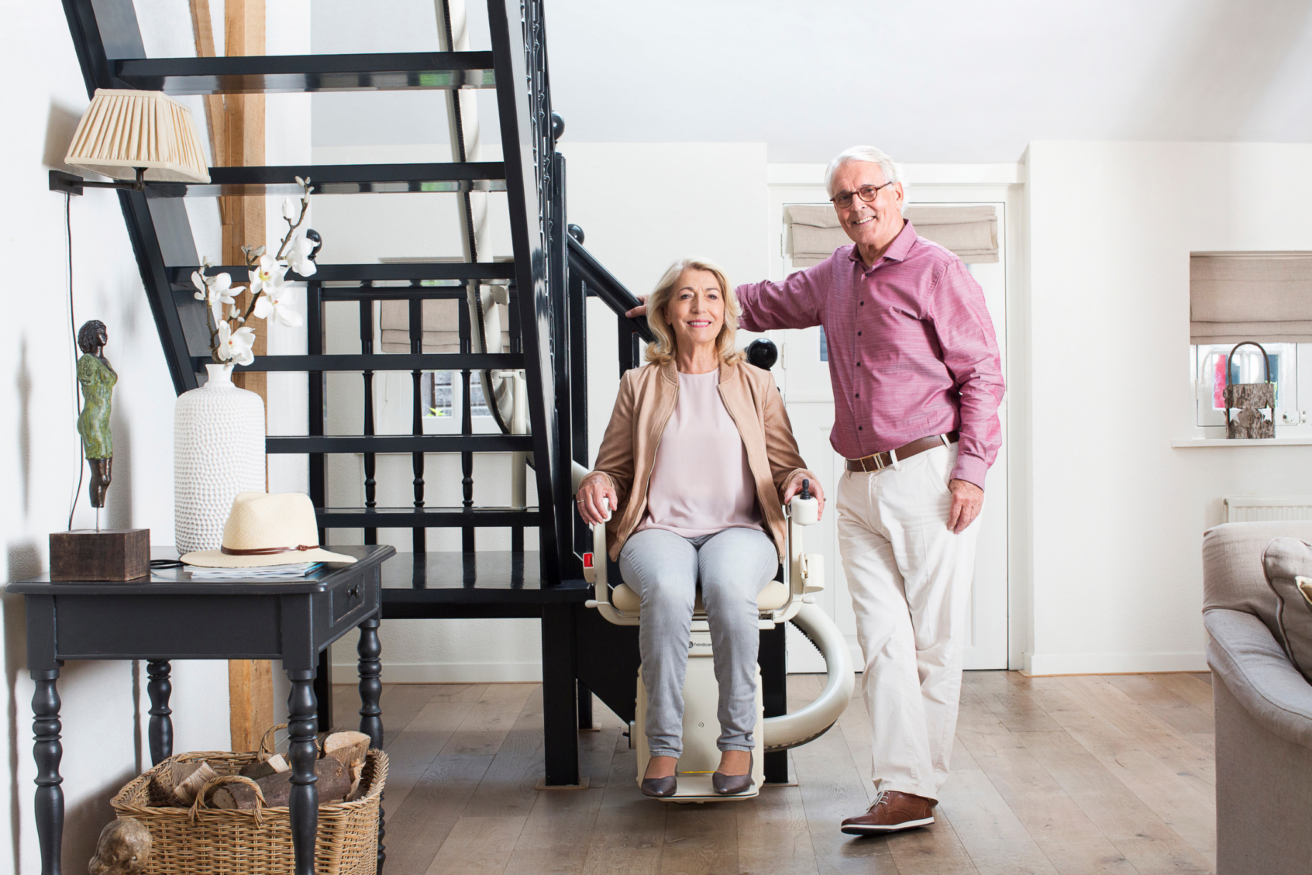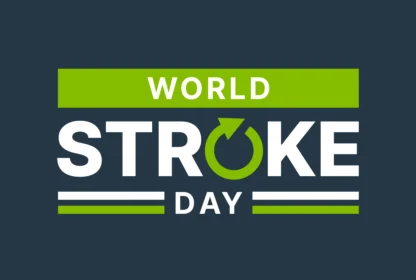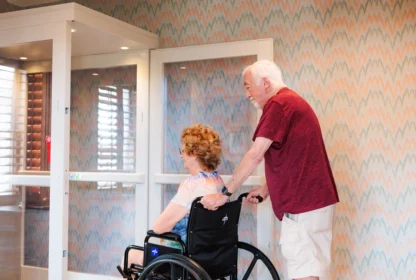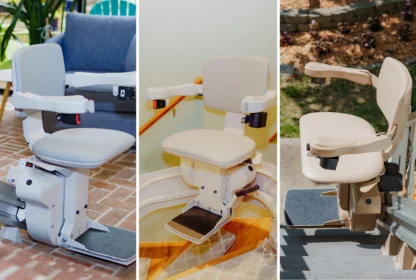
When it comes to your parents or grandparents, you want them to be safe – especially when moving around the home. One of the best ways to ensure they are, even while you’re away, is by introducing one or more accessibility products in the home setting. That’s where 101 Mobility comes in.
For decades, 101 Mobility has helped countless people continue to age at home and move around freely and safely. One of the most popular products we offer is the stairlift! This is a chair that can be raised, lowered, and automatically moves from one end of the stairs to the other. The best part: they can be added to almost any staircase with ease by our professional installers.
When is a Stairlift Needed?
But this raises the question – how do you know when a stairlift is the best choice?
By utilizing our decades of experience working with countless families and learning about the challenges stairs present to those who are aging or experiencing other mobility issues, we’re able to share some of the earliest signs a stairlift would beneficial.
Some signs that it’s time to purchase a stairlift for your parents, grandparents, or other loved ones:
1. There’s a Fear of Falling or Tripping
If your loved one fears falling down or tripping up the stairs, they may be more prone to doing so. This fear can often be the by-product of a past accident, resulting in post-fall syndrome. This can make your loved one feel unbalanced, make second guesses, and gain an overall skepticism around mobility.
This lack of confidence and fear can also derive from many different conditions:
- Balance issues
- Dizziness
- Decline in eyesight
- A decline in physical strength
- Foot related conditions
- Older age
- Change in depth perception
- Poor vision at night
A stairlift will reduce the chance of falling or tripping and the anxiety that comes along with the fear of using the stairs.
2. You’re Creating an Aging in Place Plan
According to AARP, over 90% of people over the age of 65 want to stay in their homes as they age. There’s no question why, either. Aging in place allows elders to keep their independence, improving their mental health and overall quality of life.
When establishing an aging-in-place care plan, it’s important to consider the extra help they’ll need in the form of caregiving services and home modifications. If stairs are in the home, whether only a few steps before the porch or a staircase leading to a second level, a stairlift is recommended.
Purchasing a stairlift will help ease the stress this transition period can bring, reduce the chance of accidents, and help your loved one age in a place where they belong – their home.
3. Assistance is Already Needed
If extra assistance is already needed when your loved one uses the stairs, a stairlift just makes sense. Assistance while using the stairs could look like using the help of handrails, banisters, or other people like yourself or a caregiver.
Installing a stairlift helps your loved one regain their independence (and yours), all while keeping them safe!
4. It’s Taking a Long Time to Climb or Go Down the Stairs
As people age or experience the challenges that come along with recovering from surgery or other underlying medical conditions, it can take longer to climb the stairs. This can be a major problem if important rooms are located upstairs, such as the bathroom!
If it takes your loved one more than 5 minutes to use the stairs, or they exhibit any signs that climbing stairs may be difficult, including heavy breathing, loss of breath, or excessive dependence on handrails and other assistance, consider a stairlift. Our stairlifts take less than a minute to go up or down!
5. There’s Been a Change in Mobility
Seniors can experience a sudden or gradual change in mobility, making it more difficult or impossible to use the stairs. As soon as this occurs, a stairlift should be installed in the home to make moving around the house easier.
Some conditions that limit mobility in aging adults include:
- Arthritis
- Heart issues
- Obesity
- Paralysis
- Coordination problems
- Blindness
Without the proper assistance from stairlifts or other accessibility products in the home, your loved one may continue to attempt to use the stairs, which can result in injury.
6. Recently Discharged from The Hospital
Although recovering from surgeries or injuries can take a while when older, there’s a number of things you can do to speed up the healing process. One of the biggest – and most important – is limiting the amount of movement.
If stairs are in the home, installing a stairlift can help your loved one get back home sooner and ensure they have a safe environment to heal in.
Explore 101 Mobility’s Stairlift Resources & Services
If your loved one needs help maintaining their quality of life after changes in mobility, turn to 101 Mobility. We’re the trusted leader for accessibility products. What you’ll realize after just one interaction with our team is that we’re committed to the health and wellbeing of your loved one.
We’re empathic for your family and situation and always go above and beyond to find a comprehensive solution to help them age in place comfortably. Our team will always be here to answer any questions you have regarding adding a stairlift to your home.
Looking for Additional Information on Stairlifts? We Have a Blog for That
We answer the most frequently asked questions about stairlifts on our 101 Mobility blogs:
- Stairlift Cost: A Complete Guide for Consumers
- 10 Ways to Make a Handicap Accessible Home
- Home Elevator vs. Stairlift: Which Is Best?
Reach out today online or over the phone to your local 101 Mobility location to request help!


